Now that it’s tax season, you may be concerned about how the Tax Cuts and Jobs Act, enacted in December 2017, will impact your small business. The reforms represent the most sweeping tax overhaul in 30 years and could positively impact your business’s bottom line—but they may have left you feeling a little confused. Here are some of the most significant changes.
Qualified Business Income Deduction
Under the new tax law, many owners of pass-through businesses, such as sole proprietorships, partnerships, and S corporations, may deduct up to 20% of their qualified business income. This new deduction—the qualified business income deduction or Section 199A deduction—can be claimed by eligible taxpayers on their 2018 federal income tax returns, lowering their taxable income. One notable exception is that married owners of service-based businesses, like accounting firms or doctors’ offices, can only claim the deduction if they have an annual income below $315,000 ($157,500 for single business owners). This deduction replaces the domestic production activities deduction, allowing business owners to write off 9% of income from qualified domestic manufacturing and production.
Lower Corporate Tax Rate
The centerpiece of the new tax law is the corporate tax rate reduction from a top rate of 35% to a flat rate of 21%, a substantial cut for many businesses structured as C corporations. However, because the reforms eliminated the 15% rate on the first $50,000 of taxable income, some small C corporations could end up with a bigger tax bill. For example, a C corporation with $50,000 of taxable income that would have owed $7500 under the prior law will owe $10,500 when it files its 2018 federal tax return.
100 Percent Expensing for Qualifying Business Assets
Businesses can now write off the entire cost of most depreciable business assets in the year they place them in service, resulting in reduced current income tax liability. This break generally applies to depreciable assets with lives of 20 years or less, such as machinery, computers, and furniture. This part of the tax reform law is temporary, lasting until 2022 and phasing out over several years.
Increased Depreciation Allowances for Vehicles
Businesses that purchased new or used vehicles after September 27, 2017, and placed them into service in 2018 can claim an increased maximum allowance of $10,000 for Year 1 or $18,000 if first-year bonus depreciation is claimed. In year two, the cap is $16,000, and for year three, $9600. For year four and all later years, until the vehicle is fully depreciated, the cap is $5760. For 2019 and beyond, the allowances will be indexed for inflation. In addition, for qualified new and used heavy SUVs, pickup trucks, and vans purchased for the business, 100% of the cost can be written off, a significant improvement over the earlier law.
Family Paid-Leave Credit
Under the new law, certain eligible employers who provide paid family and medical leave to their employees during the 2018 and 2019 tax years may qualify for a new business tax credit. To be eligible, employers must comply with a laundry list of conditions, including having a written policy, providing at least two weeks of leave, and paying at least 50% of the wages typically paid to the employee. The credit equals 12.5% of the wages paid during the employee’s leave. However, a more significant credit is available for employers that pay over half the employee’s regular wages while on vacation.
Some Deductions Eliminated or Reduced
Although many of the reforms result in tax savings for small businesses, some, like eliminating or reducing certain deductions, could hurt their tax bills. Although there are many changes, here are some of the most impactful.
- The tax write-off for business-related entertainment expenses was eliminated in the new tax law. However, business owners can continue to deduct 50% of the cost of business meals if certain conditions are met, and the cost of holiday parties can still be fully deducted.
- Qualified transportation. Under the new tax law, a business owner generally can no longer deduct the expenses of providing tax-free transportation fringe benefits (like the cost of parking or transit passes) or expenses incurred providing employees with transportation for commuting.
- Net Operating Losses (NOLs). The new law does not eliminate but does lower the deduction for net operating losses, which are losses taken in a period where a business’s allowable tax deductions are greater than its taxable income. NOLs can now offset only 80% of taxable income in the future, and carrybacks are generally no longer permitted. However, NOLs can be carried forward indefinitely under the new tax law, which is an improvement over the 20-year limitation under the earlier law.
Estimated Taxes
The owners of pass-through entities such as sole proprietorships, partnerships, and S corporations may be required to pay estimated federal taxes each quarter unless they had no tax liability the prior year or owe less than $1000 when they file their tax return. Because of the changes in the income tax rates, changes to deductions, credits, and exemptions, the amount of estimated taxes that should be paid is a trickier question than in earlier years.
What to Do Next
The new tax reform legislation is complex and sweeping. We’ll be happy to help you understand its impact on your business and offer guidance about how to maximize your tax savings. Please contact us to schedule a meeting.
NOTICE: The information on this website does not constitute legal advice. You should not rely on any information without seeking the advice of a competent attorney licensed to practice in your jurisdiction. This website is both a communication and/or solicitation as defined by California Rules of Professional Conduct, rule 1-400. For further information, please click here.



